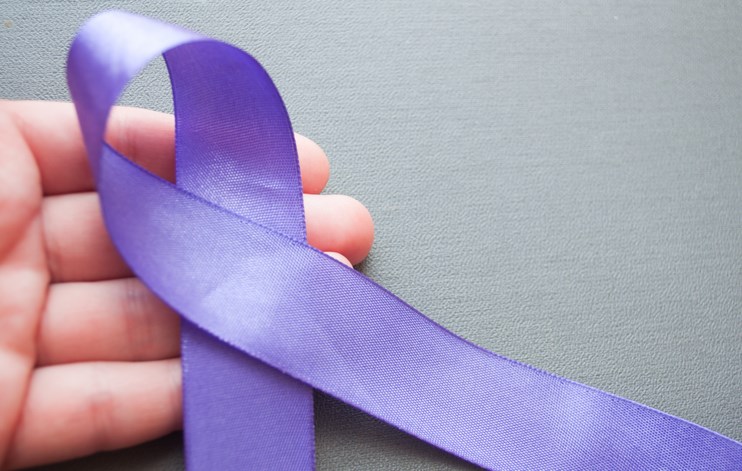Some 1,534 British Columbians have died from a drug overdose in the first nine months of 2021, says the BC Coroners Service.
That’s a record number of deaths for the first nine months of a year and a 24 per cent increase compared to the same period in 2020.
A new report, released Nov. 9, shows 333 lives were lost to suspected illicit drug toxicity in August and September alone. That's about 5.5 deaths per day.
Both Minister of Mental Health and Addictions Sheila Malcolmson and chief coroner Lisa Lapointe called the deaths heartbreaking. Lapointe called for further, urgent action to save lives.
“Once again, we are reporting record numbers of deaths in our province due to the toxic illicit drug supply,” Lapointe said.
The drug-poisoning crisis is happening all over Canada, and is affecting communities throughout B.C., Malcolmson added.
To further address that, the minister announced Tuesday a rapid implementation of new and expanded services, including new substance-use treatment beds, virtual supports for those dealing with addiction issues and enhanced medicine supports.
That includes 10 new treatment beds at the Phoenix Society in Surrey.
Health authorities are also rolling out new or expanded medical teams to treat addiction at Burnaby General Hospital, New Westminster’s Royal Columbian Hospital and Surrey Memorial Hospital.
"We know that hospital-based addiction medicine consultation teams play a crucial role in ensuring patients receive timely and specialized management of their substance-use disorders, as well as ensuring patients are transitioned to community services and ongoing access to medications following discharge," said Dr. Sharon Vipler, Fraser Health's regional department head of Addiction Medicine and Substance Use Services.
Leading cause of death
Toxic drug deaths remain the leading cause of unnatural death in B.C and have impacted the statistical life expectancy rates of British Columbians.
Most toxicological results from coroners’ reports show the presence of multiple substances. The significant drivers of the death toll remain fentanyl and its analogues, which were detected in 84 per cent of all illicit drug toxicity deaths in 2020 and 2021 to date. After fentanyl, the three most frequently detected include cocaine, methamphetamine/amphetamine and other opioids.
The updated numbers come a week after Malcolmson announced B.C. had applied for an exemption from Health Canada to remove criminal penalties for people who possess small amounts of illicit drugs for personal use.
If approved, the exemption would fall under the federal Controlled Drugs and Substances Act, Malcolmson said, and would apply to people 19 and older. She stressed addiction is not a criminal issue and people should not be prevented from accessing treatment and services due to shame and fear around criminalization.
LaPointe reiterated her call to change laws and save lives, calling the numbers “a stark reminder of the tragic and unrelenting trajectory of this public health emergency.”
“͞Our province is in the sixth year of this public health emergency, and the death rate due to toxic drugs has never been higher,” she said. “Urgent action on a number of fronts is required, including much broader access to safe supply, more readily available and efficient drug-checking services, and a shift from a law-enforcement focus to a health-centred approach.”
Lapointe called B.C.’s application to Ottawa an essential step to address the crisis.
“Criminalizing those who use substances has done nothing to address this complex health issue and has resulted in greater suffering and marginalization," she said. “How many more deaths are we willing to accept to maintain drug policies and laws that have no basis in evidence?"
Since the public health emergency was declared, the death rate due to toxic drugs in B.C. has almost doubled from 20.4 per 100,000 in 2016 to 39.7 per 100,000 in 2021.
Additional coroners service findings include:
- 71 per cent of those who have died as a result of suspected drug toxicity in 2021 were between 30 and 59, and 79 per cent were male;
- by health service area, the highest rates were in Vancouver, Thompson-Cariboo, Northwest, North Vancouver Island and Fraser East, and by local health area, in 2021, the highest rates were in Upper Skeena, Lillooet, Merritt, North Thompson and Hope;
- male illicit drug toxicity death rates have remained at a high rate, while female rates have remained relatively stable;
- Illicit drug toxicity death rates among those aged 19 and older have remained high, while rates among people aged 18 and under remain stable;
- and the proportion of deaths among those aged 50 and up has steadily increased year after year for the past six years. In 2021, 38 per cent of deaths were British Columbians aged 50 and over.
The majority of deaths continue to happen indoors. No deaths have been reported at supervised consumption or drug overdose prevention sites.
The new and expanded services announced by Malcolmson are part of the $132-million investment over the next three years for treatment and recovery services.




